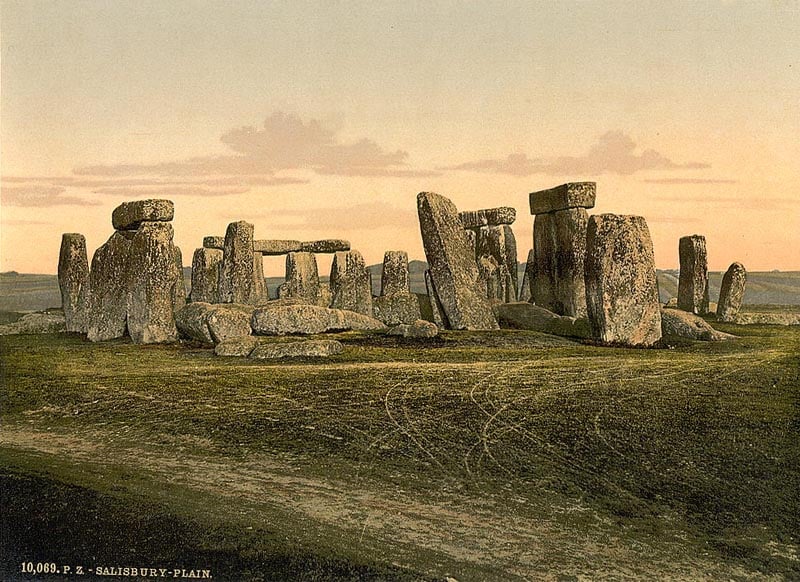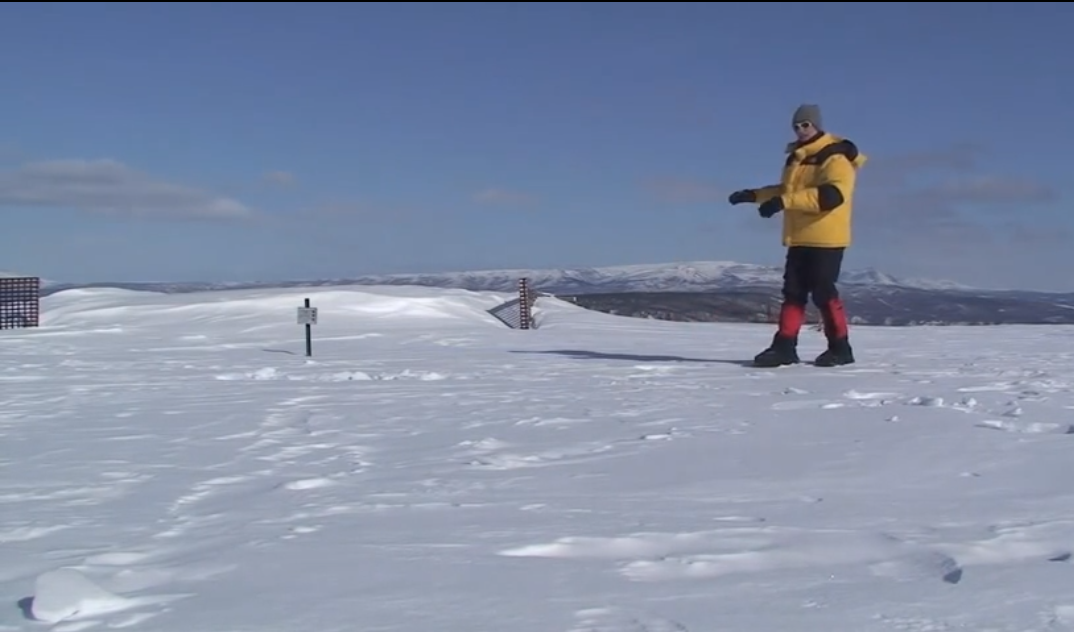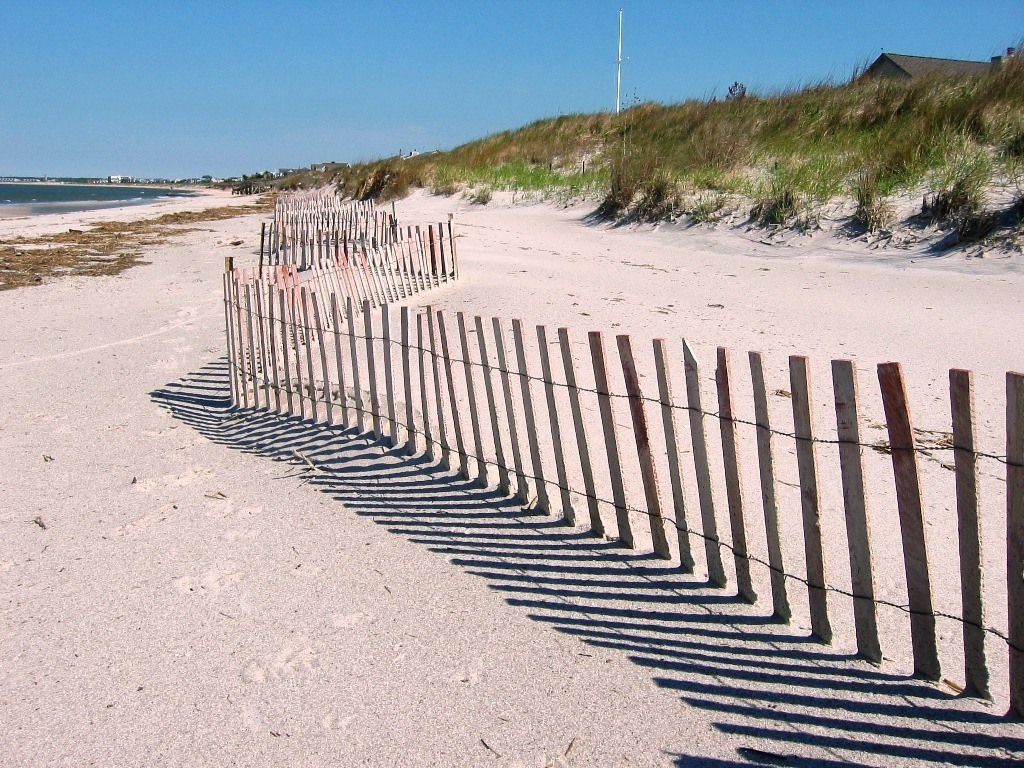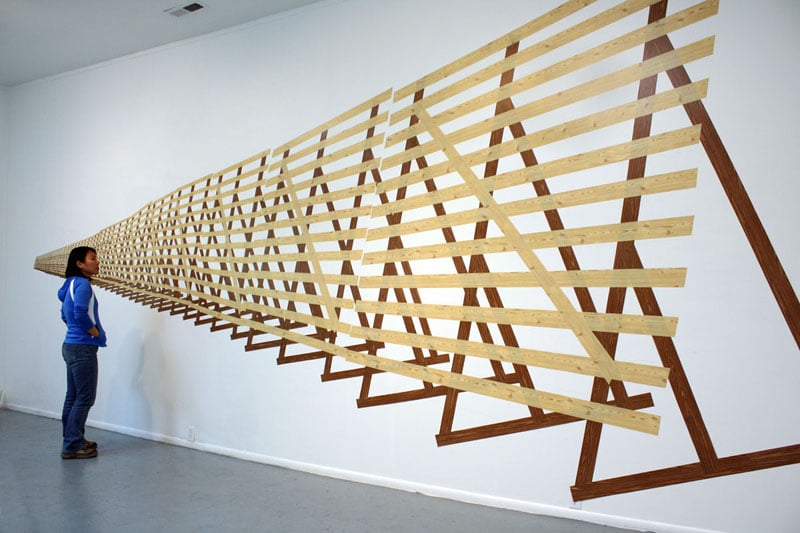
 Geologist/Geophysicist Dr. Garry Denke believes the fence was used to channel drift snow in predictable ways, possibly for water storage. If you want to see the impact that a channel drift can have, take a look at this snow storm incident from the Discovery Channel.
Geologist/Geophysicist Dr. Garry Denke believes the fence was used to channel drift snow in predictable ways, possibly for water storage. If you want to see the impact that a channel drift can have, take a look at this snow storm incident from the Discovery Channel.  During the colonial era, deep snows often crippled mail service and overall commerce for days— even weeks—at a time. Although snow-clearing ordinances weren’t yet in widespread use, cities and towns generally took matters into their own hands, clearing drifts so sleighs could get through. Ranchers learned that by erecting “snow fences†near the windward side of roadways and other areas they wanted to shield, significant savings in time and money could be achieved by minimizing snow-clearing operations. Later, despite technological advances such as the Barber-Green Snowloader (introduced in Chicago in 1920), which plowed, scooped and dumped the snow into haulers, snow fences still maintained their popularity. An example of this is small airports. Runway clearing costs could be greatly reduced by minimizing snow depth in rural areas. Overall, the sheer simplicity of the snow fence struck a chord with farmers, ranchers and highway workers. Today, in conjunction with many new and ingenious snow-clearing devices, such as the Next Generation Snow Plow and the Single-Lane-Obstructing Rotary Snow Plow, snow fences have retained their popularity. In fact, they’ve even been improved upon, as the Japanese have developed a “blower snow fence,†which “increases air flow in the area of the fence, resulting in even less blowing snow on the roadway.†Although there are many kinds (living, natural wood, plastic, vinyl etc.) the device is basically a porous barrier situated on the windward side of an area needing maximum snow protection, such as a highway. Upon meeting the barrier, snow-laden winds pass through with greatly diminished velocity, releasing most of the snow on the leeward side. For the fencing to be effective, the design build plan must take into account the prevailing wind speed and direction as well as average snowfall rates during storms. For every foot in length of a 4-foot tall snow fence, 4.2 tons of snow are held at bay. Possibly the most striking property of snow fences is revealed in a 2005 article in “ Government Engineering,†a State of Wyoming publication. The article calculated that mechanical snow removal costs about $3.00 for every 2.2 tons of snow. By comparison, for every foot in length of a 4-foot tall snow fence, 4.2 tons of snow, on average, are held back. Thus, for a 20-foot section of snow fence, almost 85 tons of snow are stored, saving about $116.00, less installation and maintenance costs of the fencing. This article concluded that the reduced number of highway injuries, deaths, and property damage claims were considered, the cost-benefit ratio of the fences was even more favorable. Here's a video explaining how a snow fence works:
During the colonial era, deep snows often crippled mail service and overall commerce for days— even weeks—at a time. Although snow-clearing ordinances weren’t yet in widespread use, cities and towns generally took matters into their own hands, clearing drifts so sleighs could get through. Ranchers learned that by erecting “snow fences†near the windward side of roadways and other areas they wanted to shield, significant savings in time and money could be achieved by minimizing snow-clearing operations. Later, despite technological advances such as the Barber-Green Snowloader (introduced in Chicago in 1920), which plowed, scooped and dumped the snow into haulers, snow fences still maintained their popularity. An example of this is small airports. Runway clearing costs could be greatly reduced by minimizing snow depth in rural areas. Overall, the sheer simplicity of the snow fence struck a chord with farmers, ranchers and highway workers. Today, in conjunction with many new and ingenious snow-clearing devices, such as the Next Generation Snow Plow and the Single-Lane-Obstructing Rotary Snow Plow, snow fences have retained their popularity. In fact, they’ve even been improved upon, as the Japanese have developed a “blower snow fence,†which “increases air flow in the area of the fence, resulting in even less blowing snow on the roadway.†Although there are many kinds (living, natural wood, plastic, vinyl etc.) the device is basically a porous barrier situated on the windward side of an area needing maximum snow protection, such as a highway. Upon meeting the barrier, snow-laden winds pass through with greatly diminished velocity, releasing most of the snow on the leeward side. For the fencing to be effective, the design build plan must take into account the prevailing wind speed and direction as well as average snowfall rates during storms. For every foot in length of a 4-foot tall snow fence, 4.2 tons of snow are held at bay. Possibly the most striking property of snow fences is revealed in a 2005 article in “ Government Engineering,†a State of Wyoming publication. The article calculated that mechanical snow removal costs about $3.00 for every 2.2 tons of snow. By comparison, for every foot in length of a 4-foot tall snow fence, 4.2 tons of snow, on average, are held back. Thus, for a 20-foot section of snow fence, almost 85 tons of snow are stored, saving about $116.00, less installation and maintenance costs of the fencing. This article concluded that the reduced number of highway injuries, deaths, and property damage claims were considered, the cost-benefit ratio of the fences was even more favorable. Here's a video explaining how a snow fence works:  The coolest thing about these snow fences is that they’re not designed to “catch†blowing snow—in fact, they aren’t a boundary at all in the traditional sense. Instead, the slats of the fence slow down the wind as it passes through. And the wind then drops some of the snow it’s carrying.
The coolest thing about these snow fences is that they’re not designed to “catch†blowing snow—in fact, they aren’t a boundary at all in the traditional sense. Instead, the slats of the fence slow down the wind as it passes through. And the wind then drops some of the snow it’s carrying. 
Snow fencing doesn’t just serve as a snow barrier, it’s also been found useful in, water conservation, debris collection and beach erosion control, where warm blowing sand sometimes behaves as cold winter snow. This means that most of the fence-conjured elements accumulate downwind of the snow fence—i.e. after the wind and and it's passengers have passed through.
Today, snow fences continue to be celebrated in art for their simplistic efficiency through their minimal design. They've managed to converge a fascinating blend of natural and man-made materials and basic physics.



